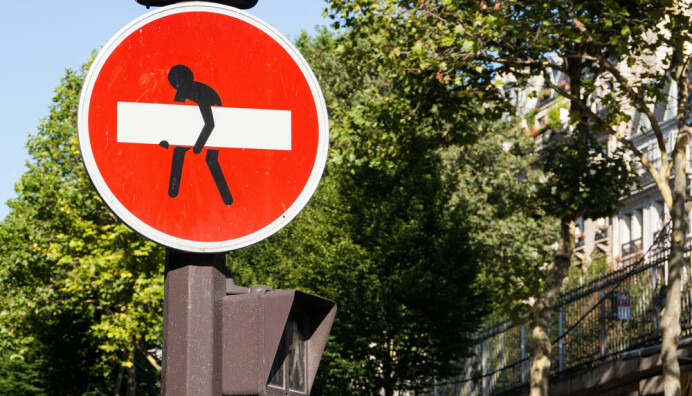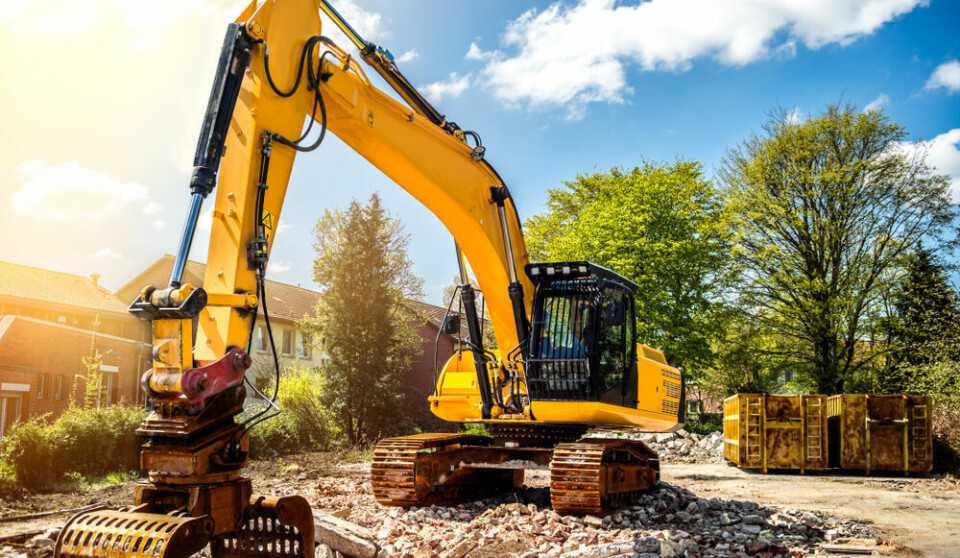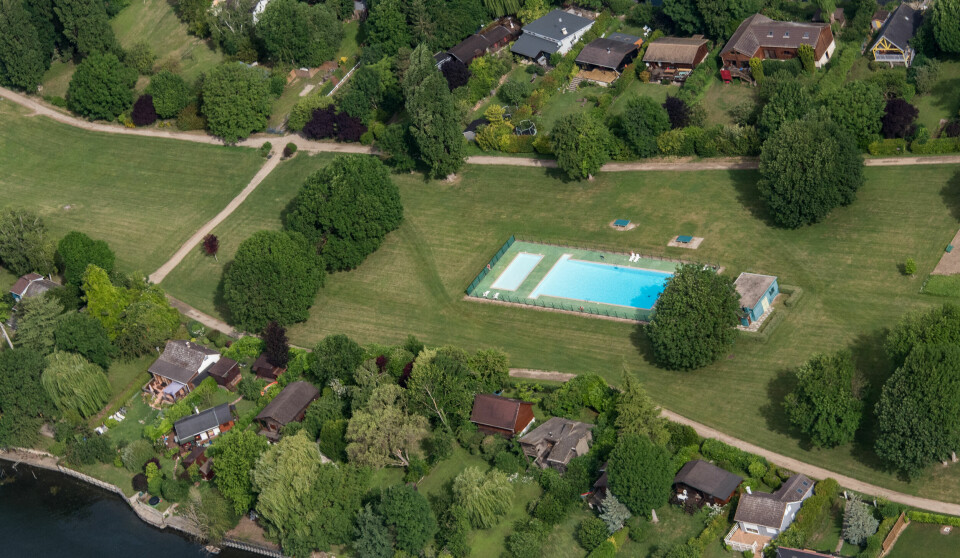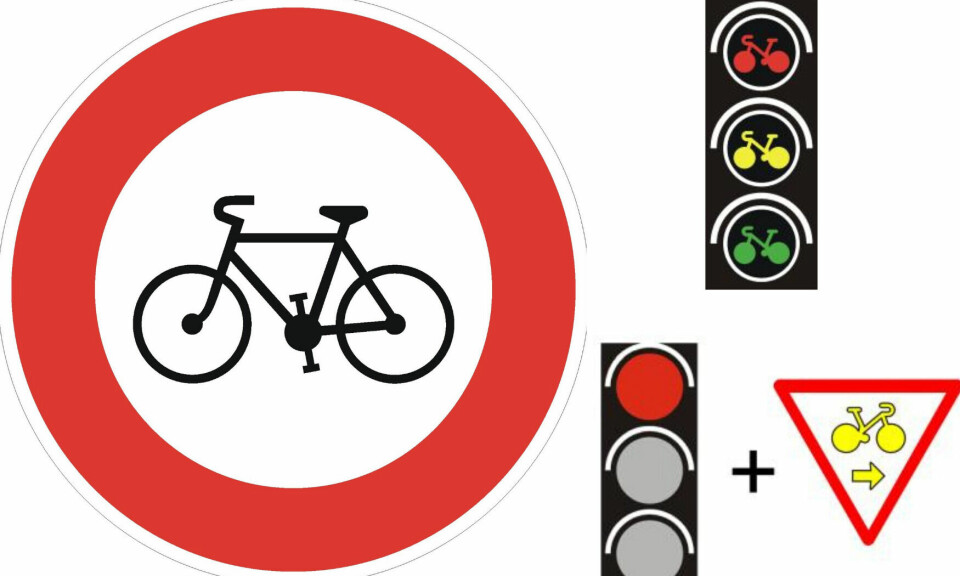-
Tax questions, boiler grants, May changes: 5 French practical updates
Our round-up of practical articles you may have missed
-
Fee to visit Mont-Saint-Michel rejected for other ways to ease crowds
‘People forget that it’s a commune; it’s a village. We can’t just introduce limits and stop citizens from coming and going,’ says the director
-
Stay alert: French tax officials show examples of tax fraud emails
Familiarising yourself with scam emails is one way of avoiding falling victim
Leaks mean one-in-five litres of water in France is wasted, says study
The amount lost is the equivalent of one billion m3 of water per year, the equivalent of the consumption of Paris, Lyon, Marseille, Lille, Toulouse, Bordeaux, and Nice
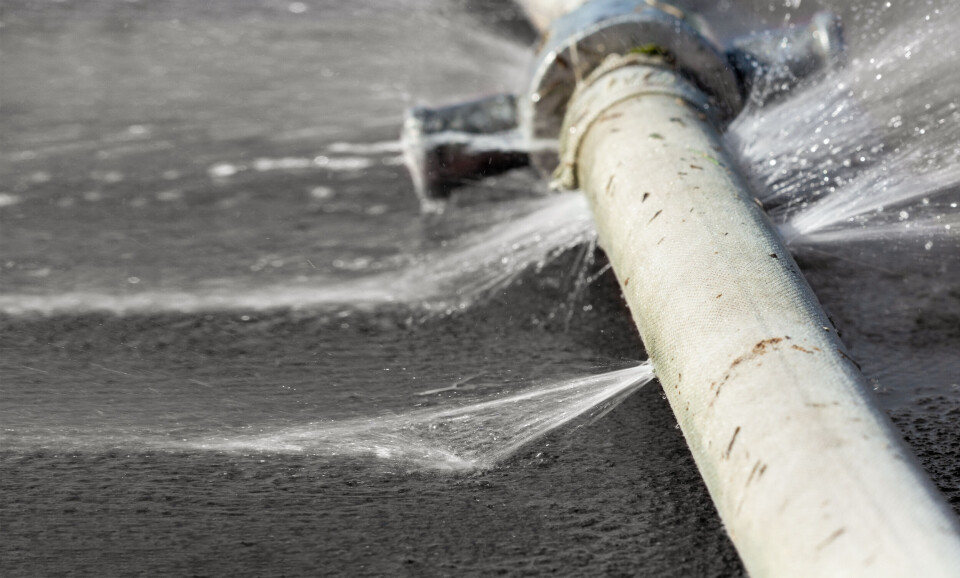
One-in-five litres (20%) of distributed water in France is lost due to leaking pipes, a consumer association has warned, at a time when many departments are on drought alert.
UFC-Que Choisir has launched a new anti-leak campaign against what it called this “economic and environmental waste”.
It comes after its new study found considerable volumes of water are lost due to pipe problems.
The amount lost is the equivalent of one billion m3 of water per year, the equivalent of the consumption of Paris, Lyon, Marseille, Lille, Toulouse, Bordeaux, and Nice, the association said.
This amounts to an economic loss of €4billion per year, it added.
It warned that as a result, it was “sounding the alarm” on the “considerable level of drinking water loss” and the “weakness of measures taken to fix it”.
This is despite a French law that says leaks needed to be limited to a maximum of 15% of water distributed, the association said.
It said the drought of 2022 proved that water is becoming an ever-rarer resource, with cities and towns including Besançon, Chambéry, Chartres, Gérardmer, and Nantes experiencing a lack of water, along with almost 1,000 small communes having to be supplied with drinking water.
Where are the worst leaks?
The study found that 12 towns are among the worst offenders, with leaks at levels more than 10 percentage points higher than the legally-allowed limit.
These include:
Évreux: 35.5%
Aix-les-Bains: 30.5%
Cavaillon: 30.3%
Amiens: 30.3%
Sens: 30%
Arles: 29.7%
Charleville-Mézières: 29.5%
Carpentras: 28.7%
Lens: 28%
Nîmes: 26.3%
Cagnes-sur-Mer: 25.9%
Auxerre: 25.2%
Rural communes are allowed to have leaks of up to 35%. However, nearly one-in-four communes with fewer than 1,000 residents have been found to have average leak rates of 50%.
Which towns are doing the best?
In contrast, UFC-Que Choisir found that some towns and communes are leading the way when it comes to limiting leaks.
Cholet: 0%
Saint-Malo: 0.9%
Saint Brieuc: 1.3%
Fréjus: 2.1%
Bussy-Saint-Georges: 2.8%
CA Vallée de la Marne: 4%
Thionville: 4.5%
Étampes: 5.1%
Montluçon: 6.2%
Angers: 6.4%
Carcassonne: 6.7%
Rochefort: 6.8%
What are some of the major issues in the pipe network?
Fragile materials
The association found that pipes made of “fragile materials” were present in more than half of the network (55%). These included:
-
Grey cast iron
-
Cement
-
Asbestos
-
Bonded PVC
Slow repairs
Many pipes are also older than they should be and are past due for being replaced or repaired.
In 2019, the Assises de l’Eau said that pipes should be replaced at the rate of 1% per year - but the current rate is only 0.67%. At this rate, it would take 150 years for the entire network to be replaced, despite a pipe lifespan being estimated at 50 to 80 years, UFC-Que Choisir said.
Of the towns with the worst leaks (more than 25%), only Carpentras significantly exceeds the national target of 1% repair, at 1.34%.
In contrast, towns including Arles, Nîmes, Amiens, Sens, and Aix-les-Bains only achieved half of this target. Évreux is the worst performer, with just 0.2% of its network renewed.
What is the association recommending to help?
UFC-Que Choisir is now calling on the government and local authorities to mount a widescale renovation plan, funded by companies that are the biggest users of water - such as agriculture firms.
This is particularly important, it said, because since 2016 it has been the responsibility of local authorities to maintain their own water networks, with no engineering support from the state.
Small towns may struggle the most to ascertain the condition of their water network, much least mount the resources needed to fix it.
UFC-Que Choisir said that water users should contribute to fixing leaks proportionally to their water usage. For example, it cited that intensive farming users only contribute 2-15% of the water levy, despite accounting for up to 48% of the total water use (and as much as 80% in summer).
It said that currently, there is a shortfall in funding of €1.6billion per year, which it said should be made up by agricultural firms.
UFC-Que Choisir has launched its campaign, #LaFuiteEnAvant, to raise awareness of waste and the urgent need to take action, with 70 local associations.
The campaign calls for public authorities to:
-
Increase aid from water agencies to local authorities, by function of the amount of leakage and resources available
-
Increase the budget of water agencies by increasing fees paid by professionals;
-
Develop technical support from department authorities to help small councils;
-
Set more ambitious targets in terms of authorised loss rates, and help local authorities to ascertain the state of their water networks.
In his Plan Eau, President Emmanuel Macron said that the state would contribute €180million per year to help fix leaks in the smallest communes. Yet, UFC-Que Choisir said that this was a “drop in the ocean”, and that the amount needed was closer to €2.5billion-€3billion.
Current drought
Much of France is currently experiencing higher-than-normal levels of drought, with water restrictions in place across many departments and most areas on some level of drought alert.
Read more: How bad is the drought in France? See restrictions in your department
Read more: This is how the government wants you to save water this summer
As of the most recent figures, code 4 (the highest possible alert) is in place for Aude, Côte-d'Or, Dordogne, Eure-et-Loir, Indre, Indre-et-Loire, Loire-Atlantique, Loiret, Oise, Pyrénées-Orientales, Sarthe, and Vendée.
Related articles
Map: The 28 French departments at high risk of drought this summer
Neighbours tell on each other as drought rules bite in southern France






